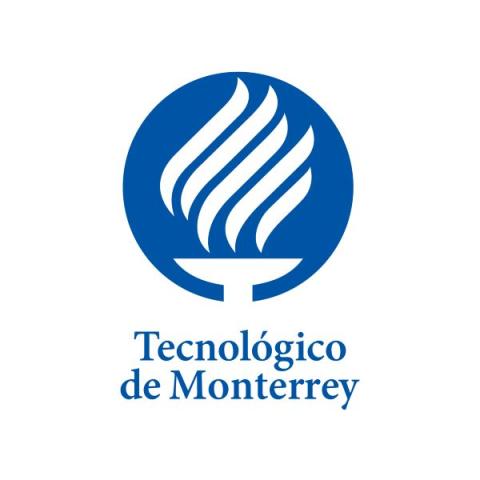
Promoting communication skills is just as vital as course content
As technology has advanced, new teaching and learning models have evolved alongside it and been implemented in distance education in particular. As such, all of us educators are constantly looking for different communication tools so that we can offer students a better and more engaging learning experience.
After all, effective communication encourages better understanding of course content and is vital for us to stay in contact asynchronously. The ability to create different “channels” for different types of communication in the app Slack has proven incredibly useful for us in terms of promoting productivity and maintaining strong working relationships. Students have found our clearly labelled and diverse channels very useful for communicating in different areas: #agendaMondays; #explanationsTuesdays; #recommendationsThursdays; and #humourFridays.
We have also implemented clear, but this time synchronous, sessions on Zoom with titles including “Talk & Coffee” and “Master Class”. The main objective behind these sessions is creating familiarity for students and thus increased motivation for them to take an active role in classes and become familiar with the different communication media – both of which are crucial to their successful completion of the course.
A few important points to consider for maintaining effective communication between students and teachers, as well for general work in teams, are as follows:
1. Define objectives and goals: explain clearly and practically what is to be achieved.
2. Define communication strategies: as early as the design stage, detail the communication steps that are to be followed and implement them promptly.
3. Choose the means of interaction: establish the communication channel or channels. Clear, but very useable, examples include email, Slack, Microsoft Teams, Zoom, Remind, Yammer, Telegram and WhatsApp, among others.
4. Pay attention to the written and/or oral language: always adjust the style of your communication according to the message type and target audience.
5. Encourage positive communication: listen to and encourage the exchange of ideas in a bilateral process.
6. Effective feedback: show openness to and encourage comments – but be sure to always follow up on and/or answer them.
7. Teamwork: promote the idea of an excellent team in which joint effort is highly valued, thus strengthening companionship, tolerance, respect, empathy and collaborative spirit.
While the teaching and learning process is now often taking place over greater distances than ever before, communications tools have been optimised just as quickly and are now a fairly standard part of many courses. We have seen this benefit the formative stage of courses, with students now having several ways to pose and solve questions, plus to participate actively, whether that’s by simply expressing ideas or posting comments or concerns regarding the development of the course and their performance in it.
Certain tools, including Slack, Remind, Yammer and more all have features and functionalities (user-friendly interfaces and simple access, use and navigation) that facilitate effective, timely and synchronous communication between teachers, students, peers and colleagues. They also subtly support and promote dialogue, closeness, support, written/oral presentation skills, collaborative work and the creation of a learning community.
Implementing team activities also encourages students to strengthen the communicative competencies that are crucial for collaborative work’s organisation, development and success. Being able to communicate within a team is vital because it allows for the discussion of ideas, making agreements, assigning work roles and interacting at the beginning, during and the conclusion of a given activity.
Such communication skills can be applied in students’ future practice when they enter and join the highly competitive and demanding professional world, where it is increasingly crucial to have emotional intelligence as well as creative, collaborative and communication skills in order to work efficiently as part of a team and to build relationships and professional networks based on transparency and assertiveness.
In our experience, we have found that implementing strategies designed to help improve communication results in better performance by students, as it enables their understanding of the course materials to become more accurate and profound. In our estimation, we must pay the same attention to building communication skills as to the content of the course itself.
Jessica Guadalupe Toro Palacios and Eunice Costilla Cruz are both professors of digital education at Tecnológico de Monterrey, Mexico.
If you found this interesting and want advice and insight from academics and university staff delivered direct to your inbox each week, sign up for the THE Campus newsletter.




